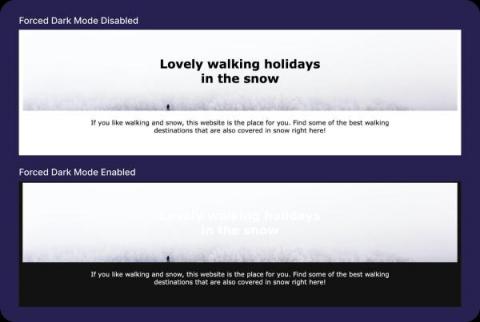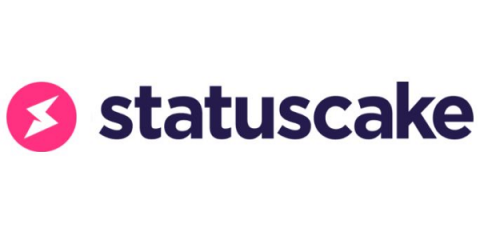All of your developer questions answered on Dark Mode
You’ll have heard of Dark Mode, a much-loved and ubiquitous type of theming for websites and applications that switches the page you’re looking at from a traditional white-background-dark-text theme to a darker background with lighter text. As it stands though, the availability of a dark mode theme is the responsibility of the developer.



